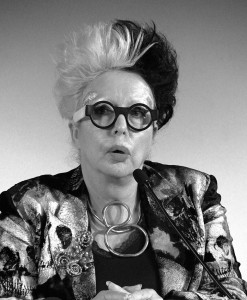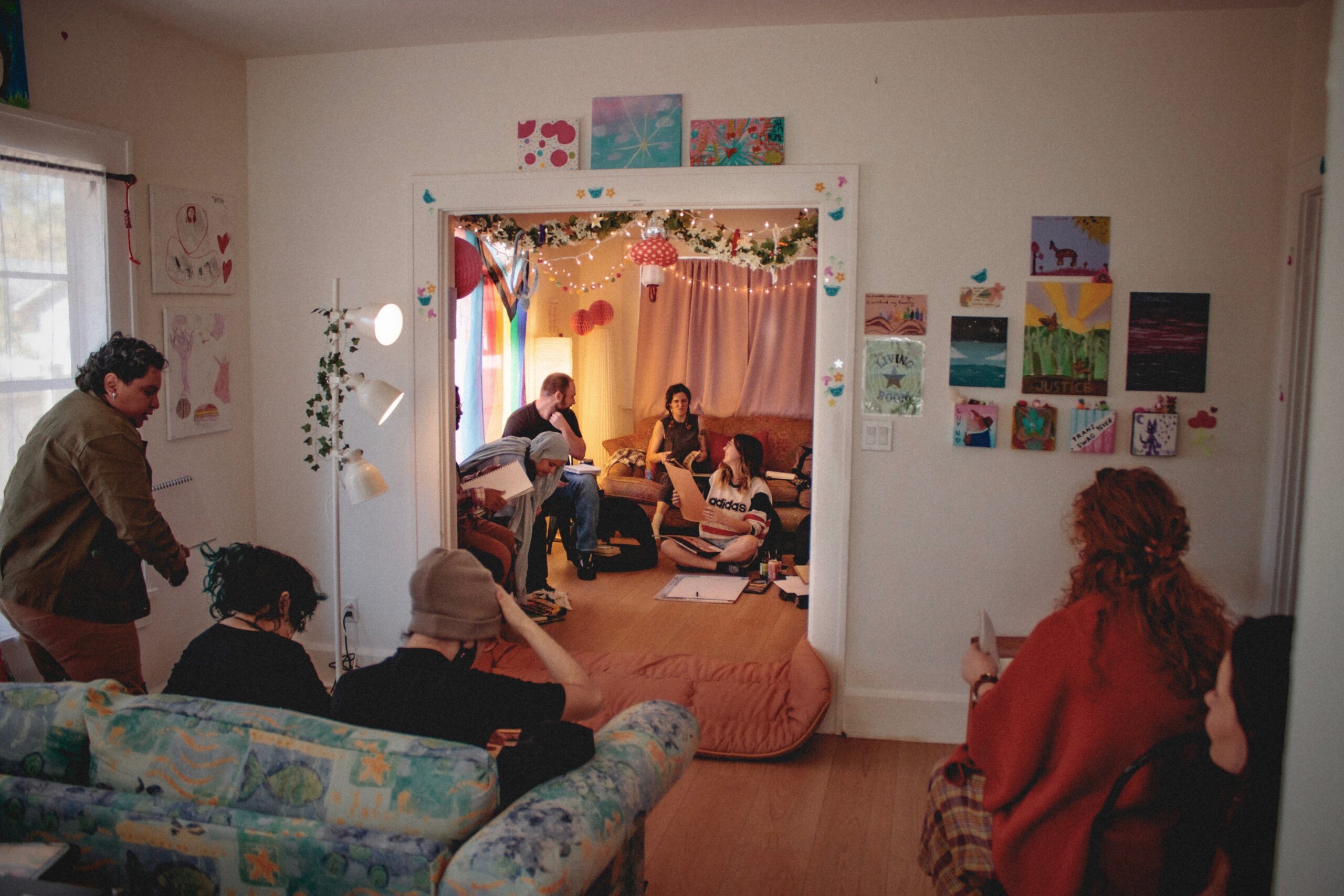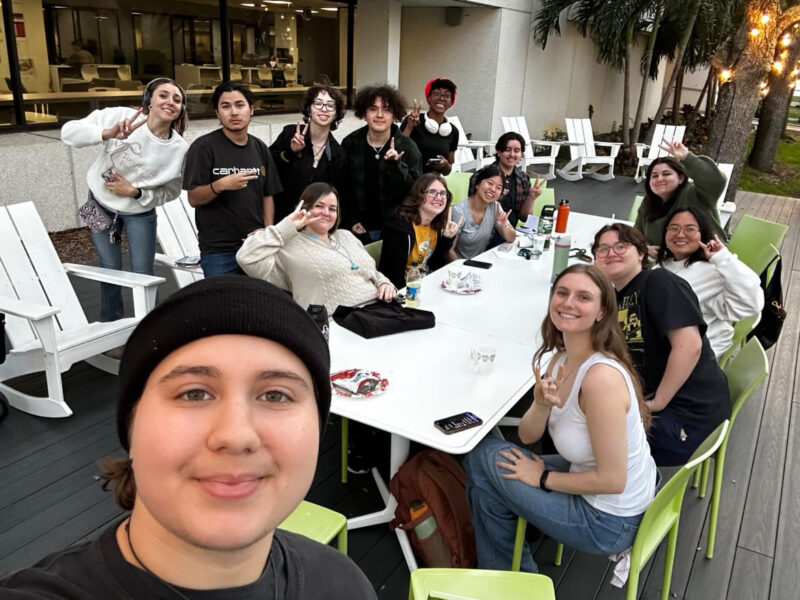
ORLAN, a cutting-edge, French artist has used the human body and contemporary technology to create bizarre images, which express her feminist and anti-conformist ideals.
ORLAN came to USF St. Petersburg to hold a lecture about her life and art on Thursday, February 5th.
This event was sponsored by the Multicultural Affairs Council and the Dali museum. The event marks another milestone in moves to sustain a growing relationship between USFSP and the Dali Museum.
ORLAN’s art is concerned with blurring the boundaries of reality and fiction. Carnal art, the form that ORLAN has adopted, can be described as baroque, grotesque and obscene. The art lies between the creation and destruction of an image; it revels in the parody of normalcy and perception.
The evening began with Dali Museum curator William Jeffer interpreting for ORLAN, who spoke French to the audience. On the screen behind Jeffer, 3-D bodies transformed into different shapes.
ORLAN said that her art began with a concept: find the best means to spend your time the best way.
In the beginning of her career, ORLAN was interested in sculpting and photography # both have their limitations, but they are each able to tell a story. The sculpture is bound to its body and the picture its frame.
As technology has developed, ORLAN has used it on her quest to create characters that help her to learn about herself.
This desire led her to surgical augmentation and later 3-D imaging to alter the appearance of her image in a shocking manner.
Early in her life, ORLAN recognized that the body exists on the essence of continual change. From one moment to the next, the body tells a new story. This essence rose from the non-essence of slow but certain decay.
With the recognition of her body in constant change, ORLAN recognized society’s impossible standards imposed upon her and her natural disposition as a woman. ORLAN saw great irony to this end and chose to implement her body as an artistic marvel in any way that she could.
Much of ORLAN’s work is controversial, challenging contemporary views in sometimes shockingly blunt ways.
In her “Kiss of the Artist” exhibition, she created a coin slot machine and would kiss anyone who placed money inside. In her early career, she often went to public places with cut-out images of her body altered in an obscure manner, in order to make people aware of women’s plight against social expectation.
Her art is intertwined with her life philosophies.
“The body is political, therefore the personal is political,” she said. ORLAN’s body is more to her than just a means to maneuver. It is a connection to humanity at large.
“My life is married with my work,” she said.
After the slideshow concluded, the conversation changed hands from William Jeffer to Sarah Wilson, an art historian and professor at the Courtauld Institute of Art, who talked about what inspired her to become an artist.
“Your mother was preparing your trousseau, so that you spend the rest of your days sewing and knitting,”she said, referring to the social expectation of women during her time.
The talk shifted toward the courage behind controversial art. ORLAN said that artists should “do what ought to be done without fear of consequence.”
A former student of ORLAN’s was pressured by an Islamist group that wanted her to censor her work for an upcoming feminist exhibition. The group was successful due to the government’s inability to defend the young artist’s rights.
This event exemplifies how offensive art can be a necessary but dangerous expression.
ORLAN said that she worries about artists censoring themselves due to fear. The greatest foreseeable tragedy to ORLAN, a woman dedicated to capturing her body in its purest state, is an artist’s unrealized vision.
ORLAN said that much of her earlier work wouldn’t be possible in today’s social climate, especially her work in surgical rooms. She said the idea was to test medical codes, an effort to dehumanize herself. Many laws would prevent that type of spectacle.
“The spectacle” pervades her work as the individual and technology unite to manipulate reality.


